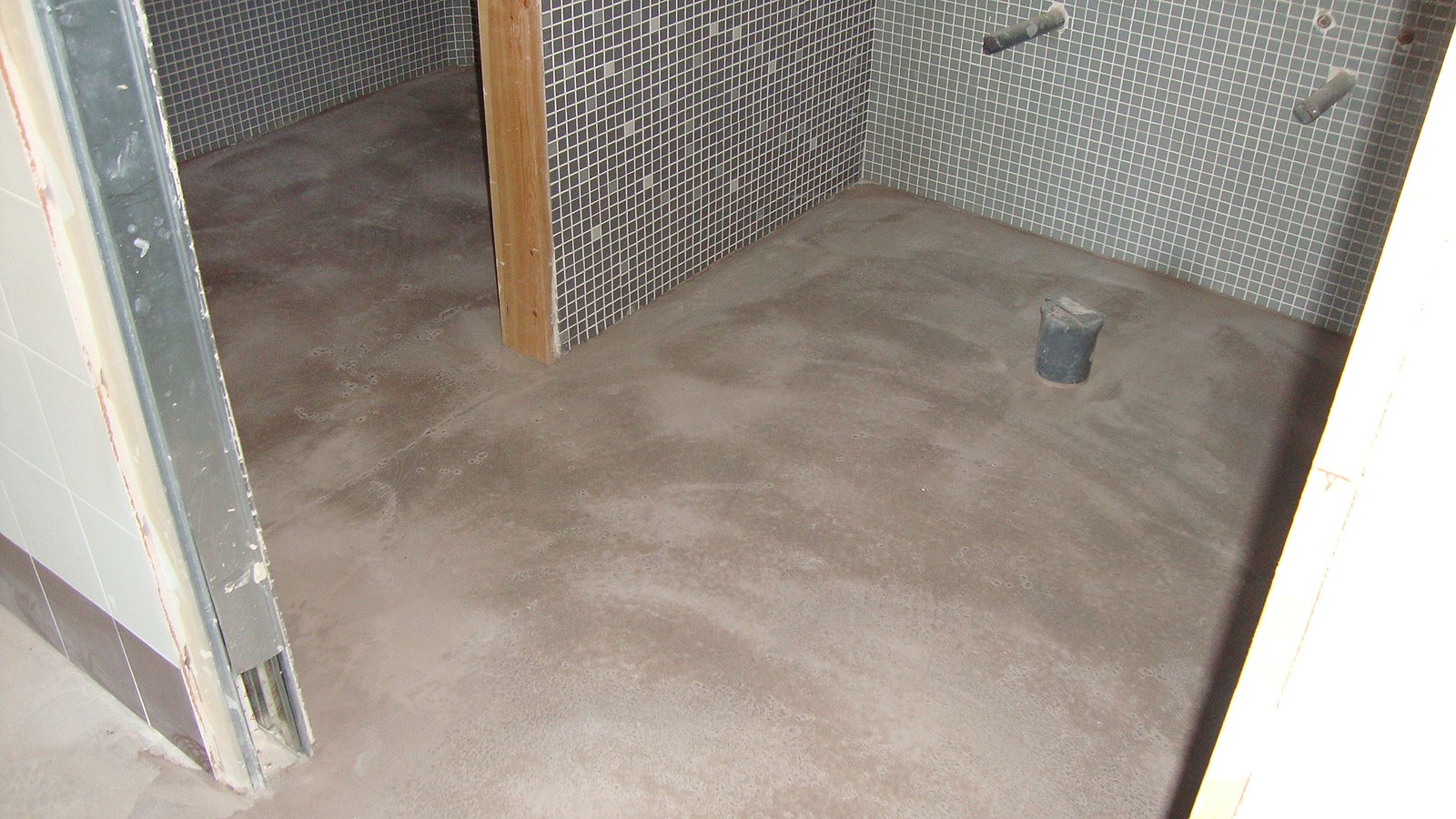As the world outside your window unfolds, the last thing you want obstructing your view is foggy condensation on the inside of your home’s windows. Beyond being an aesthetic hindrance, condensation on windows can compromise the health and comfort of your indoor environment.

Keep reading as we unlock the keys to how to prevent condensation on windows and ensure an improved indoor atmosphere.
Understanding Window Condensation
What Causes Window Condensation?
Temperature Differentials
Temperature differential refers to the temperature contrast between adjacent areas. For windows, it means the difference between indoor and outdoor temperatures. When warm air meets a cold window pane, moisture in the air may condense into water droplets on the surface. On a chilly winter night, you might notice condensation forming on the inside of your window due to the warm air inside your cozy home.
Humidity Levels
Humidity denotes the amount of moisture present in the air. Homes with high humidity levels are more prone to window condensation. Activities such as showering, cooking, and even breathing can contribute to increasing indoor humidity. When the humid air contacts a cooler surface, like a window, it can’t hold as much moisture, which leads to condensation. Ensuring that a home maintains an ideal indoor humidity level, typically between 30% and 50%, can help minimize condensation.
Ventilation
Proper ventilation plays a crucial role in reducing window condensation. Good airflow ensures that moist air doesn’t stagnate and condense on cooler surfaces. For instance, bathrooms and kitchens, and areas of the home where moisture is frequently generated, should be adequately ventilated to prevent the buildup of humidity and, consequently, condensation on windows. Inadequate ventilation can trap humid air indoors which can exacerbate the problem of window condensation.
Why Does Window Condensation Occur?
Interior and exterior condensation on windows are both results of temperature differentials, but they occur on different sides of the window pane due to different circumstances:
Interior Condensation
Condensation on the inside surface of the window is the result of warm, humid air from inside the home coming into contact with the colder window pane. This is often seen in homes during colder months when the inside is heated, especially in areas like bathrooms after a hot shower, or kitchens when cooking. It’s a common indicator of high indoor humidity levels.
Exterior Condensation
Condensation on the outside surface of the window is caused when the outside air is warmer and more humid than the window pane, often cooled by air conditioning from the inside. This type of condensation is common in the early morning during warmer months and can be seen as dew or moisture on the window’s exterior. It’s generally a sign that a window is doing a good job of preventing the inside air from influencing the outdoor temperature.
Potential Consequences of Prolonged Condensation on Windows
Temperature differentials, elevated indoor humidity, and lack of ventilation are the culprits behind those annoying droplets of condensation. When you see condensation on a window inside your house, it’s a clear indication of these factors at play.
Here are some of the potential problems associated with window condensation:
Mold and Mildew Growth
One of the primary concerns with window condensation is the potential for mold and mildew growth. Mold thrives in moist environments. When windows are constantly wet from condensation, it provides an ideal environment for mold spores to develop and multiply.
Damage to Window Frames
Continuous moisture can lead to the rotting of wooden window frames and the corrosion of metal frames. Over time, this can compromise the integrity and functionality of the window.
Peeling Paint and Wallpaper
Excess moisture from condensation can cause the paint around windows to peel and the wallpaper to bubble or come off.
Decreased Insulation Efficiency
Over time, moisture can degrade the insulating properties of windows, especially if the windows are double-glazed and the moisture seeps between the panes.
Damage to Surrounding Areas
Continued condensation can lead to water staining, warping, and damage to plaster, drywall, and other surrounding surfaces.
Compromised Indoor Air Quality
Excessive window condensation can cause mold and mildew, which negatively impacts the air quality indoors. This can be particularly problematic for individuals with respiratory problems, allergies, or weakened immune systems. To maintain a healthy environment, it’s important to address window condensation and prevent mold growth.
Increased Energy Costs
Windows that have lost their insulating properties due to prolonged exposure to moisture can become less efficient at keeping the cold or heat out. As a result, heating and cooling costs might increase.
Visibility Issues
On a simpler note, condensation can block the view from the window, which can reduce visibility and natural light penetration.
Potential Structural Damage
If left unchecked, the moisture from window condensation can eventually seep into walls and other structural components, and can lead to broader structural damages.
Addressing the root causes of window condensation is crucial not only for maintaining clear views, but also for preserving the health, safety, and structural integrity of a home.
Identifying High-Risk Areas and Seasons
Home Spaces Prone to Condensation
Every time you take a hot shower or boil pasta, you’re potentially increasing humidity. That’s why bathrooms and kitchens are often the prime suspects for window condensation.
Seasonal Influences
As seasons change, especially transitioning into the colder months, temperature differences between the indoor and outdoor environments intensify, which increases the risk of condensation on house windows.
Monitoring your home’s humidity levels can be a proactive approach to prevent window condensation. A balanced level keeps condensation at bay.
Tips for Preventing Interior Window Condensation
Proper Ventilation
Reaping the Benefits of Adequate Airflow
A continuous circulation of air prevents the build-up of moisture, to directly reduce the risk of window condensation.
Strategizing Air Movement
Equip moisture-heavy areas with exhaust fans, and don’t hesitate to open windows for short durations, especially after steamy activities.
Humidity Control
Understanding the Ideal Levels
Depending on the climate, maintaining an indoor humidity level between 30-50% is crucial.
Tools to the Rescue
To reduce condensation on windows, dehumidifiers can be your best ally. Dehumidifiers can help strike a balance, by pulling out excess moisture from the air.
Thermal Improvements
Window Upgrades
Low-E coatings on windows reflect heat back into the room, to help ensure a consistent temperature across the surface.
Extra Barriers
Think about investing in storm windows and thermal curtains. They not only provide insulation, but also significantly reduce the risk of condensation.
Exterior Solutions for Preventing Window Condensation
Proper Landscaping
Greens for the Win
Strategically planted trees and shrubs not only add to the beauty of your home, but they can also act as natural insulators against temperature fluctuations.
Nature’s Windbreaks
A line of trees or tall shrubs can shield your home from chilling winds, to help minimize drastic temperature differentials that can cause exterior condensation.
Exterior Insulation and Air Sealing
No Room for Gaps
Ensure you regularly inspect and seal any gaps or cracks around windows to eliminate cold spots and drafts.
Ramp up Insulation
Enhancing the overall insulation of your home reduces temperature disparities and therefore, the likelihood of condensation.
DIY Solutions and Home Remedies
If you’re pondering how to get rid of condensation on windows without breaking the bank, here are some tricks:
Natural Desiccants
Items like silica gel or calcium chloride can absorb excess moisture.
Insulate with What You Have
DIY window insulator kits or bubble wrap can be effective temporary solutions.
Nifty Tricks
Simple hacks, like placing a fan near the window, can help dissipate moisture and reduce condensation.
Maintaining and Cleaning Windows for Condensation Prevention
Regular Checks
Inspect your windows routinely. Early detection is the best prevention.
Cleanliness is Key
Ensure that window surfaces and frames are clean. This not only prevents mold buildup, but also ensures the longevity of your windows. If mold or mildew does appear, act quickly.
Natural remedies like vinegar or store-bought sprays can effectively combat these types of growths
The Advantages of Radiant Floor Heating Systems

Electric floor radiant heating systems can help reduce condensation in a few ways:
Surface Temperature
One of the main principles of condensation is that it forms when warm, moist air contacts a cooler surface, like a window or floor. Radiant floor heating systems work by warming the floor’s surface. By keeping the floor surface at a temperature above the dew point of the surrounding air, condensation is less likely to form.
Even Heat Distribution
Radiant heating systems offer even heat distribution. By providing consistent heat throughout the room, there are fewer cold spots for condensation to form. This contrasts with some other heating methods that might create warm areas around vents or radiators, but leave other parts of the room cooler.
Less Air Circulation
Unlike forced air heating systems, radiant floor heating doesn’t rely on blowing air to distribute heat. This means fewer disturbances of air, which can help reduce the movement of moist air onto cold surfaces where it might condense.
Maintaining Comfort at Lower Humidity Levels
Radiant heat provides a comfort level that often feels warmer to the occupants than the actual ambient air temperature suggests. Because of this, people may be less inclined to introduce additional moisture into the environment (for example, with humidifiers) since they’re comfortable at lower humidity levels.
Less Need for Humidification
Radiant heating provides warmth directly to the occupants and objects in the room without drying out the air as much as forced air systems can, so homeowners might not feel the need to use humidifiers. Over-humidified air can lead to excess moisture and condensation issues.
Energy Efficiency
Electric floor radiant heating can be more energy-efficient than some other heating methods. By efficiently heating a space, there’s less need for high indoor temperatures, which can reduce the indoor-outdoor temperature differential. This can result in less condensation on colder external surfaces.
It’s important to note that while electric floor radiant heating can help reduce condensation, it doesn’t directly remove moisture from the air. In areas or times of the year with high humidity, additional moisture control methods, such as dehumidifiers or proper ventilation, may still be needed.
Reduce Condensation on Windows and Improve Indoor Comfort with Warmup Radiant Floor Heating Systems
Say goodbye to window condensation, and say hello to comfort and a clear view! Take control of your home’s humidity level, achieve balanced temperatures, and enhance your overall living experience with Warmup Radiant Floor Heating Systems and 4-in-1 Insulation Boards. No more pesky condensation problems! Embrace a warmer, drier, and more comfortable home today.
Contact us today for more information and an instant quote!



